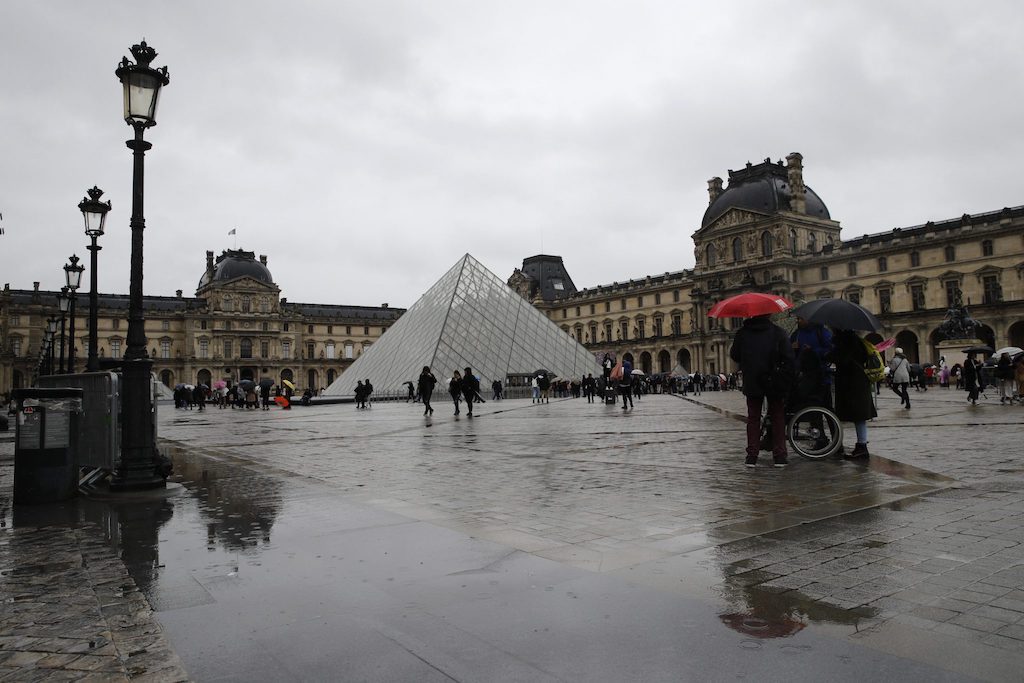Skift Take
Tourism marketers are facing somewhat of a conundrum: The optics of tourism campaigns during widespread panic can fall flat, but failing to market low-risk destinations may make a bad problem even worse.
One of the vulnerabilities of the tourism industry is that it is built entirely around a discretionary good. That is, most people don’t have to travel. They choose to.
Despite the massive growth of the tourism industry since globally disruptive events like September 11 and the SARS crisis, that still holds true. As coronavirus continues to spread around the world, the tourism industry sees free-falling demand for travel. It’s anyone’s guess when that may change.
With that new reality comes a question: What role, if any, does tourism promotion and marketing have at a time when the appetite to travel is low? One could argue the case both ways — that low risk destinations have every reason to ramp up their promotional activities. Or alternatively, that it’s tonally off-base and borderline irresponsible to promote tourism — especially the carefree, leisure kind — at such a time.
Get the Latest on Coronavirus and the Travel Industry on Skift’s Liveblog
It’s made all the more confusing by the world’s broad response to the crisis. While the likes of the World Health Organization and the World Travel and Tourism Council have advised that travel restrictions are not necessary — and indeed, as WHO reiterated on Tuesday, may be counterproductive — many countries have instated them regardless.
Informed by that, passengers are largely indicating their feelings with their behavior, as airlines scramble to spur bookings, and tourist attractions even in some unaffected areas are vacant. Plus, with headlines about attractions like the Louvre closing (it has since reopened) some travelers may wonder why they should bother taking even a small risk?
Tourism in the time of #coronavirus – my son and I had the pyramids to ourselves today. Never in my life have I seen it this empty. The horse guide said he hasn’t worked in 6 days & all his tours this week have canceled. Just a couple foreigners & some Egyptian school groups here pic.twitter.com/D4K0Uw87eH
— Hannah Allam (@HannahAllam) March 4, 2020
This puts tourism boards and destination marketers in a tough spot. When ITB — the world’s largest travel trade show that was meant to be held this week — was cancelled on Feb. 28, the marketing team responded by launching the hashtag #whatwewantedtosayatitb. Some destinations took it as an opportunity to further promote their offering.
Sad not to go to @ITB_Berlin & meet with colleagues & friends. Excited to share all about #Eswatini's tourism emergence & the thrilling year ahead as a @lonelyplanet #BestinTravel Top Country for 2020. Contact us to find out more: https://t.co/2bai6AsK3C #whatwewantedtosayatitb pic.twitter.com/mAg4ei8EqW
— Eswatini Tourism (@TravelSwaziland) March 3, 2020
We let our video speak😉 – #Nuremberg is an amazing city! ♥️ #whatwewantedtosayatITB #nuernberg_travel #ITBBerlin pic.twitter.com/oqGkTxI95P
— Tourismus Nürnberg (@Nuernberg_Info) March 4, 2020
But other destinations are responding with a more downbeat tone. Citing the ITB cancellation, Nepal shelved its plans to roll out the Visit Nepal 2020 Campaign for the time being, according to a report from China’s state-run outlet Xinhua. The campaign was meant to attract 2 million visitors to the Himalayan nation, double 2019’s amount. Skift reached out to the Nepal tourism board for further comment on its decision but did not hear back.
Of course, much of the sense around whether to promote tourism or not will depend on whether a location is perceived as high risk, or not. Swaziland’s promotion might seem less offensive if the outbreak hasn’t been widespread in Africa, whereas Nepal gets many of its international visitors from China, where the virus began with devastating effects. But the nature of this virus mean a low-risk place could soon be a high-risk one, making that calculation difficult.
It’s a sign of how fickle tourism demand can be that places previously plagued by the phenomenon of overtourism are now experiencing what it’s like to have the opposite: ghost towns. Merchants in Kyoto’s Arashiyama neighborhood — which includes the bamboo forest, a tourist and Instagram hotspot — have created a series of posters depicting the area’s popular tourist attractions as empty. With hashtags that translate to #nopeople and #nowisthetime, it seems intended to encourage travelers to visit despite the perceived risks.
嵐山おもてなしキャンペーン
~スイてます嵐山・今こそ!おこしやす~
嵐山の5つの商店街が合同でキャンペーン。
比較的閑散期でもあり、またコロナウィルスの影響で通常より来訪者が少ない今!
ゆったりと嵐山を訪問してもらい、各お店もいつも以上のおもてなしの心でお迎えするキャンペーン pic.twitter.com/ZoQtE8PR0M— 嵯峨嵐山おもてなしビジョン推進協議会 (@sagaarashiyamao) February 14, 2020
Similarly, Milan’s mayor Beppe Sala tweeted a link to a video — paid for not by a tourism board, but the Union of Italian Catering Brands — which bore the message “We Won’t Stop,” referring to numerous major cities in Italy, including Milan. It seemed designed to convince locals as much as would-be visitors that all was well.
“Governments and those in authority must not seek to choke travel and trade at this time. Closing borders, imposing blanket travel bans and implementing extreme policies are not the answer to stopping the spread of coronavirus,” Gloria Guevara, president & CEO of the WTTC said in a statement. “Past experience shows that taking such extreme action has been ineffective at best. We urge governments to explore fact-based measures which don’t affect the vast majority of people and businesses for whom travel is essential.”
Still, it remains a fine line to tread. Essential travel for business, or to see a sick family member may be warranted, but carefree holidays may be harder to get away with marketing in a time of mass panic, even if they aren’t very risky to take.
The Daily Newsletter
Our daily coverage of the global travel industry. Written by editors and analysts from across Skift’s brands.
Have a confidential tip for Skift? Get in touch
Tags: coronavirus, covid-19, nepal, tourism, tourism marketing
Photo credit: The Louvre museum has now reopened. Christophe Ena / AP Photo
